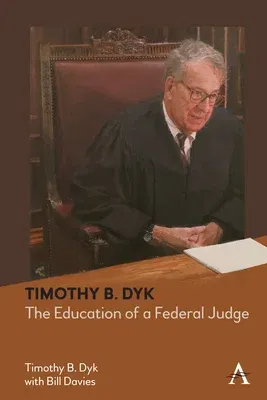The book's importance rests firmly on two strong contributions: Its
content and its approach. Its content - delivered in the Judge's own
words - provides audiences with a unique view of many seminal moments in
American twentieth-century legal history, including the Supreme Court
under Earl Warren, the Watergate controversy, the growth of the Big Law
firms, First Amendment litigation, and the Cameras in the Courtroom
movement. It closely details the significant changes in law firm culture
and the legal profession since the 1960s. It uniquely provides a rare
behind-the-scenes account of the Senate Confirmation process for a
Federal judicial nominee, at the process of judging on the Court of
Appeals for the Federal Circuit, what life is like for a Federal judge,
and how the court manages its docket. Taken individually, each of one of
these insights is worthy of attention - but together in the same book,
it is a one-of-a-kind volume.
Employing an innovative approach, the book sits at the crest of a brand
new wave of US legal research, which focuses on the role of lower
federal courts in shaping the "life" of US law. Biographies of Supreme
Court Justices abound and regularly find large audiences for obvious and
very good reasons. The personalities and decisions reached by that great
institution have a clear impact on the functioning and structure of the
United States. However, at the turn of the twenty-first century, legal
historians have begun to turn away from the Supreme Court as the
exclusive focus of their attention. The latest trends in legal history
point to rapidly growing interest in lower court histories, their
judges, and the process by which they adjudicate individual cases. While
various biographies of lower court judges exist, few meet the breadth
and importance of Dyk's experiences, and none is delivered in the
judge's own words.

